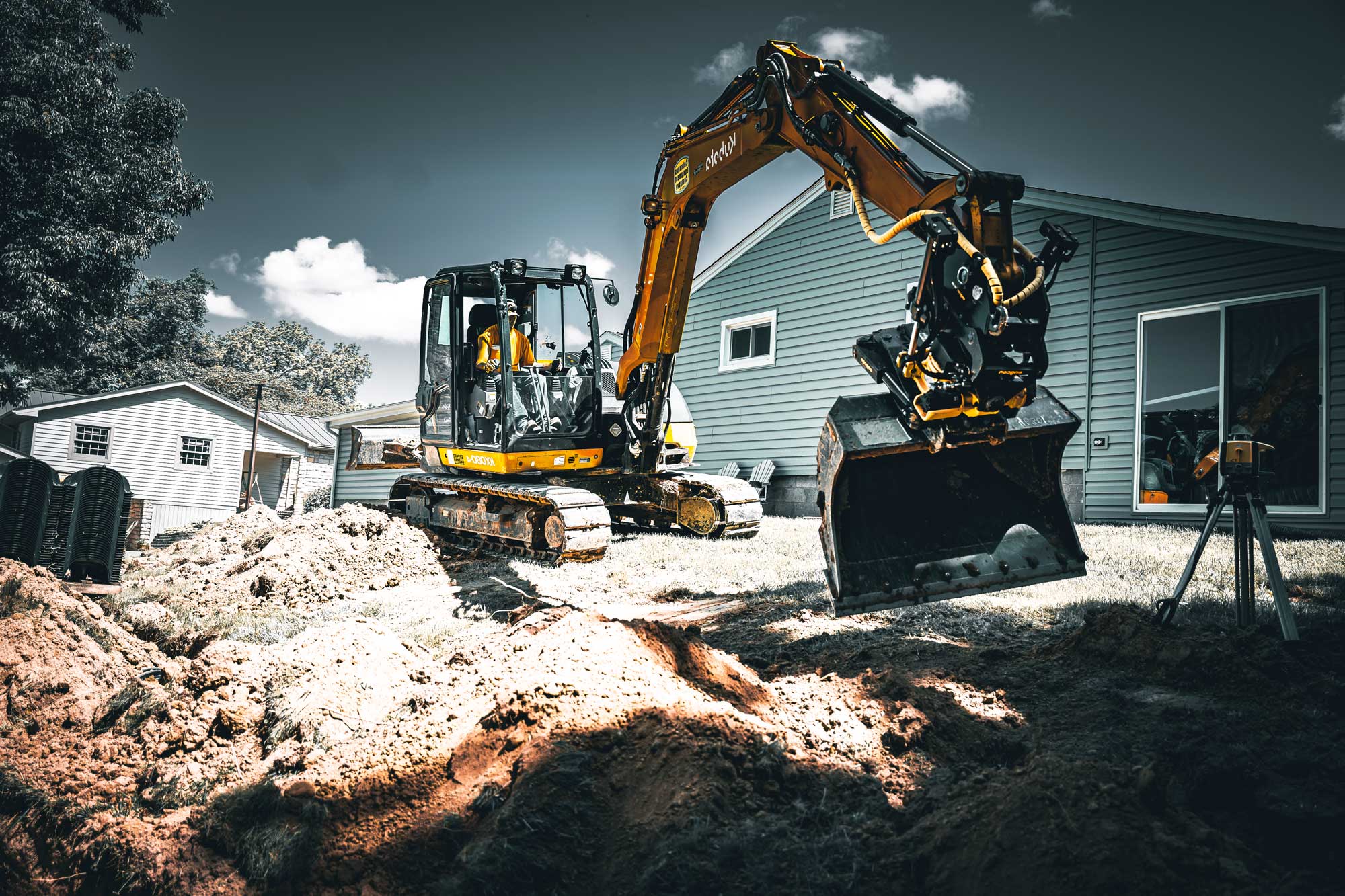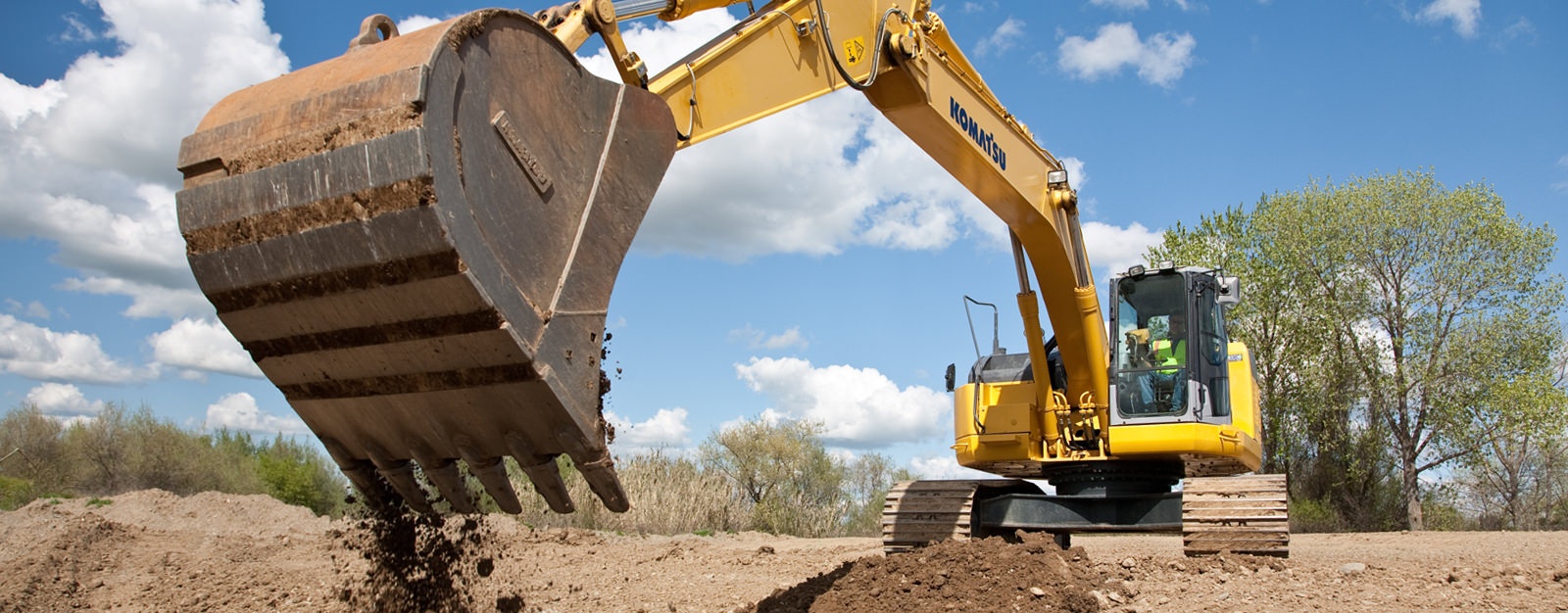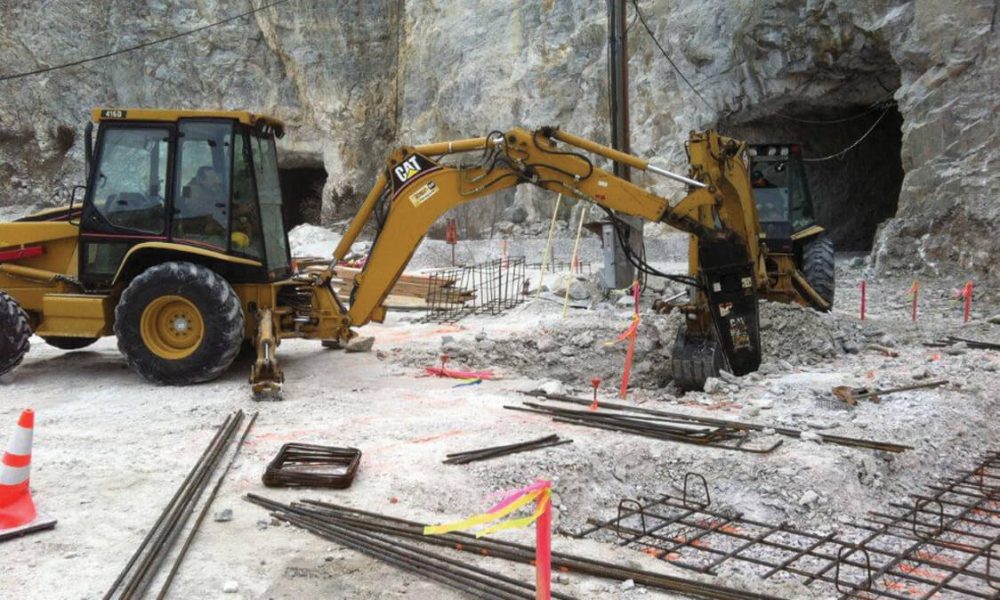Introducing the Art of Excavation: Pro Tips for Safe and Effective Excavating
In the world of excavation, the proficiency of efficient and risk-free digging is an art form that requires adherence, understanding, and precision to well established methods. As soil is transformed and earth is moved, the intricacies of excavation disclose themselves, requiring a keen understanding of equipment, soil make-up, security protocols, and ecological factors to consider. The competence needed to browse these aspects efficiently can suggest the distinction between an effective excavation job and a prospective disaster. By unwinding the layers of this elaborate procedure, a world of insights and approaches awaits those looking for to boost their excavation skills to brand-new heights.
Significance of Correct Equipment
To guarantee the security and effectiveness of any kind of excavation task, making use of the ideal tools is paramount. Excavation projects vary in scope and complexity, varying from small domestic landscaping jobs to massive building and construction undertakings.
Excavators are basic items of equipment in any kind of excavating procedure. These functional machines come in various dimensions to suit various job demands. Small excavators are excellent for smaller sized jobs, while larger excavators tackle much more extensive tasks efficiently. Backhoes are an additional crucial devices type, combining the features of a loader and an excavator in one maker. They are useful for tasks requiring convenience and ability to move.
Bulldozers succeed in tasks that need pressing large quantities of dirt or debris. By investing in the suitable equipment, excavation tasks can be finished safely, on time, and with precision.
Comprehending Dirt Composition
An extensive grasp of soil structure is essential for carrying out excavation tasks with accuracy and safety and security. Recognizing the various kinds of dirt is vital as it straight influences excavation approaches, tools choice, and general job effectiveness.
Sand bits are the largest and offer good drainage but offer little communication. Silt fragments are smaller sized than sand however larger than clay, providing moderate drainage and communication. Clay fragments are the smallest and offer high cohesion yet bad drain. Raw material, such as decaying plant material, influences soil fertility and stability.
Before commencing excavation, performing dirt tests to establish its structure and qualities is important. This information aids in choosing the appropriate tools, executing security measures, and creating excavation methods tailored to the specific dirt conditions - dump truck companies in ohio. By comprehending dirt structure, excavation professionals can improve project end results while making sure safety and adherence to ideal methods
Precaution and Procedures
Understanding dirt structure is the cornerstone upon which safety measures and methods for excavation jobs are built, making sure the health of workers and the success of the undertaking. When it concerns security throughout excavation, there are several crucial actions that should be carried out to mitigate dangers and protect against accidents.
First and foremost, prior to any kind of excavating commences, a complete examination of the site should be carried out to identify any prospective dangers such as below ground energies, unpredictable dirt problems, or neighboring frameworks that can pose a danger. It is essential to have a proficient individual manage the excavation procedure to make their website certain that all security protocols are followed purely.
Moreover, all employees involved in the excavation should be effectively educated in safe digging methods and the correct procedure of equipment. Personal protective devices (PPE) such as construction hats, high presence clothing, gloves, and security boots must be put on in all times to minimize the risk of injuries. dump truck companies in ohio. Normal safety and security conferences and tool kit talks need to also be carried out to keep all employees notified regarding possible threats and enhance secure job techniques. By sticking to these safety and security actions and methods, excavation projects can be completed efficiently and without occurrence.
Efficient Excavation Planning
When starting an excavation task, thorough planning is important to guarantee efficiency, safety and security, and effective outcomes. Effective excavation preparation includes several vital steps that are essential for the smooth implementation of the task. The primary step is to carry out a thorough site assessment to recognize any type of possible dangers, such as underground energies or unstable dirt conditions. This details is crucial for developing a thorough excavation plan that consists of precaution and run the risk of mitigation methods.
When the website assessment is total, the following step is to produce a clear timeline and timetable for the excavation activities. This consists of establishing the sequence of jobs, devices needs, and workforce allotment. Correct scheduling helps stay clear of delays and makes certain that the project stays on track.

Furthermore, interaction amongst all staff member is vital throughout the planning phase. Clear regulations, normal updates, and reliable control are necessary for an effective excavation job. By spending effort and time in careful planning, excavation teams can considerably improve productivity, reduce risks, and achieve successful end results.

Handling Ecological Factors To Consider
With enhancing focus on ecological sustainability in building practices, taking care of environmental factors to consider has come to be a crucial aspect of excavation tasks. Excavation activities have the possible see this page to affect the surrounding setting with dirt erosion, debris runoff, environment disruption, and contamination of water resources. To mitigate these threats, it is necessary to implement finest techniques that prioritize environmental management.

Moreover, appropriate waste administration is vital to stop dirt and water contamination. Applying treatments for the disposal of unsafe products, recycling of waste products, and lessening the use of hazardous chemicals can substantially minimize the environmental impact of excavation projects. By incorporating these techniques right into excavation planning and execution, construction companies can make certain that their jobs are not only secure and effective yet likewise ecologically responsible.
Verdict
In verdict, grasping the art of excavation requires an extensive understanding of appropriate equipment, dirt structure, security measures, and reliable planning. By following these standards and thinking about environmental aspects, excavations can be carried out securely and effectively. It is important to focus on security and excavating ohio productivity in every excavating project to make certain successful end results.
As dirt is transformed and earth is moved, the ins and outs of excavation reveal themselves, requiring a keen understanding of devices, soil structure, safety procedures, and environmental considerations.To make certain the security and performance of any type of excavation task, utilizing the ideal devices is critical.A thorough grasp of soil make-up is fundamental for implementing excavation projects with precision and safety. Comprehending the various types of soil is important as it straight influences excavation methods, equipment choice, and total project efficiency. By understanding soil composition, excavation experts can improve task outcomes while guaranteeing safety and security and adherence to best practices.